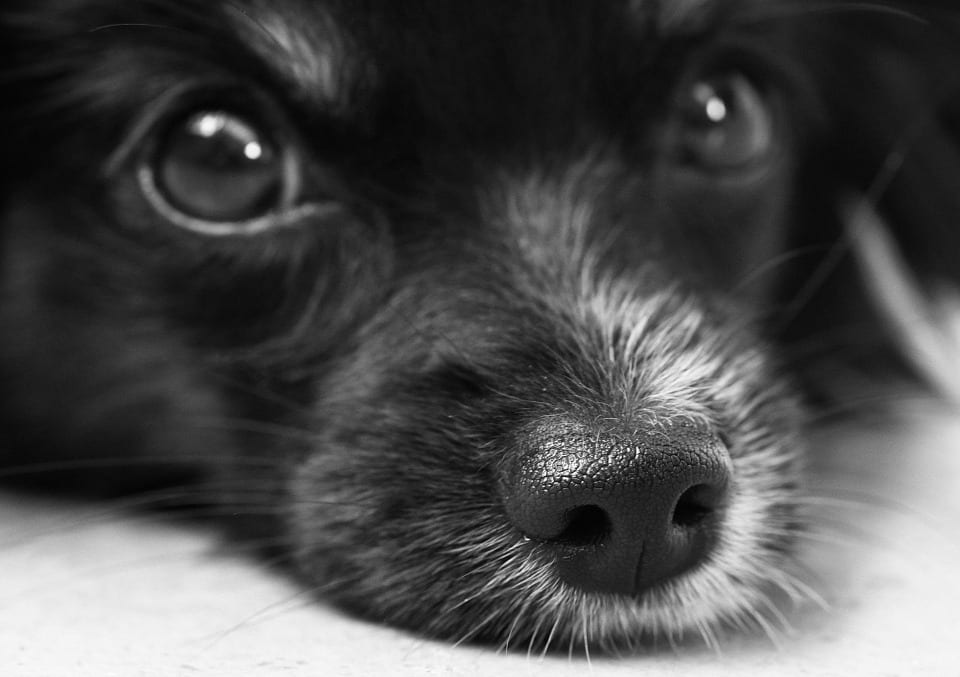February is Spay/Neuter Awareness Month, just in time to take…
Understanding Pet Anxiety
 Pets, such as dogs, can commonly suffer from separation anxiety. When dogs are anxious they become agitated. This commonly happens when their owners leave them home alone or in their crate. Pets typically shown their distress by barking or destroying items in the home.
Pets, such as dogs, can commonly suffer from separation anxiety. When dogs are anxious they become agitated. This commonly happens when their owners leave them home alone or in their crate. Pets typically shown their distress by barking or destroying items in the home.
Symptoms of Pet Anxiety Distress
Symptoms that may indicate your pet is having anxiety separation or distress may include the following:
Defecating Or Urinating In The House – If it is unusual for your pet to urinate or defecate in the house, starting this behavior while you are gone could be a symptom of separation anxiety.
Pacing – Pets, especially dogs that move in circular patterns or walk back and forth in straight lines, can be an immediate sign of separation anxiety.
Escaping – Has your pet recently become an escape artist? This also could be a sign that your pet is distressed and anxious. Their stress of not wanting to be left alone is emotionally overcome by leaving the situation.
Barking and Howling – Neighbors complaining about your dog barking all day while you are gone could be a symptom of pet anxiety. As a way of showing emotions, dogs call out for their owner, not knowing how far away they might be, or how long it might be until their return.
Destroying Things – Chewing or even digging at doorways and furniture when pets are left at home can indicate pet anxiety. If your dog is left in a crate while you’re away, it can be the case that he or she may even chew on the plastic or metal the crate from which the crate is made.
Treating Pet Anxiety
After ruling out any medical problems your pet might be having such as incontinence, it’s time to determine what can be done to relieve the anxiety. Pets behave in a number of ways for many reasons, just as humans do. If you recently adopted your pet, you may be encountering new behaviors that your pet never exhibited when it first arrived at your home. Discerning which behaviors are set and which are new, (or related to anxiety) can be tricky.
If you have determined that your pet does have separation anxiety, the best way to address the problem is through counterconditioning. To counter-condition your pet, is to help associate your absence of being in the house with something positive. Positive rewards can include a special treat left for your pet that is unique to you being gone. Stuffing a fun toy full of a delicious snack could help as well.
Taking your pet to doggy daycare might also help with separation anxiety, as staff members consistently provide care, attention and playtime to keep pups occupied. If your pet’s anxiety is extreme, working with a professional trainer might be the best resort. A professional trainer will help treat your pet’s triggers, such as the sound of your car keys or car running with a knowing that it doesn’t always mean you are leaving them alone.
Short departures are another step to helping your dog realize that you might be out of site but you will return. Short departures range from being on the other side of a door for five to ten seconds – to longer absences. Making sure your dog is completely relaxed before you leave each time is critical.
Most dog’s anxious responses will occur within the first 40 minutes that any pet is alone. Once your dog can calmly tolerate more than 40 minutes of being on their own, you can increase your absence by larger chunks of time. Speak to your local dog daycare facility or trainer to learn more about how to calm and comfort your dog in the normal case of pet anxiety.
About the Author: Scottsdale Pet Hotel is a dog daycare facility located in Tempe, Arizona, known for its caring staff and attention to every detail of your pet’s experience at their location. To book your pet’s stay for dog boarding or doggy daycare, visit: https://www.scottsdalepethotel.com/ today!
